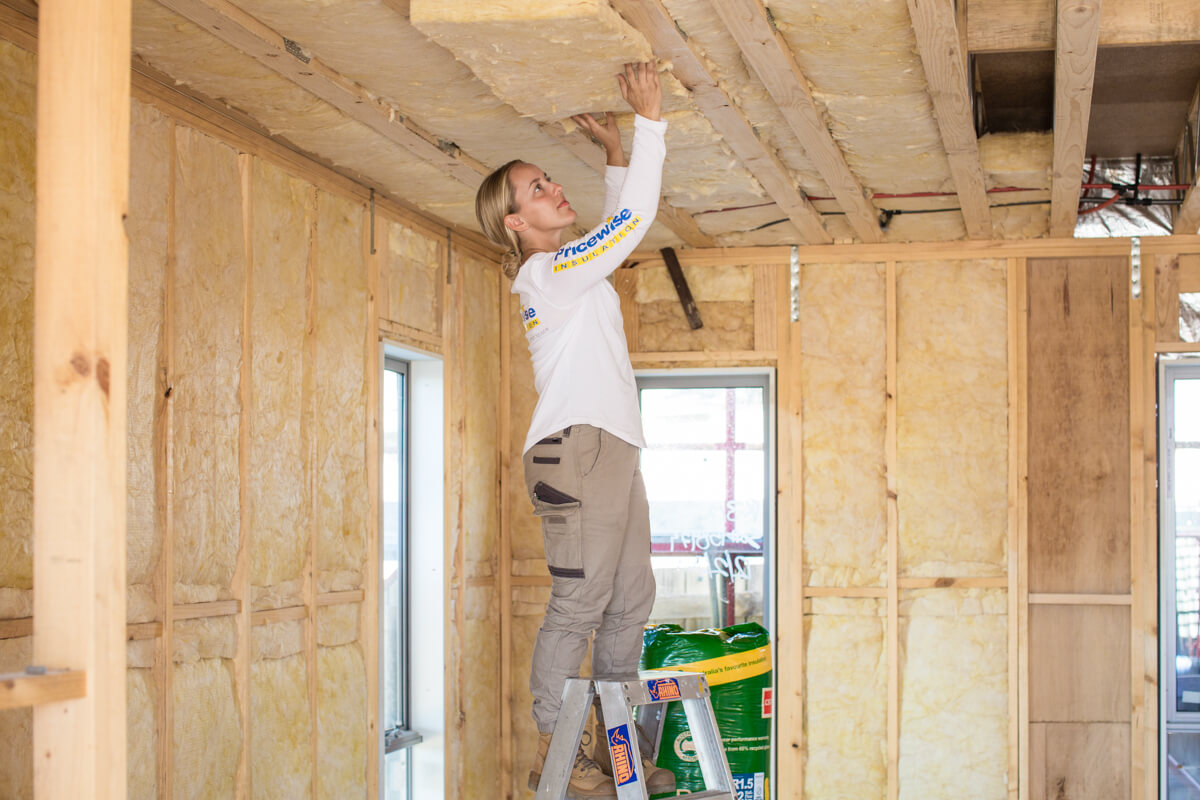Insulation Tips
Does Insulation Help with Heat? Save Money on Your Power Bill This Summer
The science of heat transfer and insulation
The secret to regulating your temperatures inside the home lies in the science of insulation and heat transfer. Knowing how insulation interacts with the three types of heat transfer – conduction, convection, and radiation – allows you to create a cool indoor sanctuary. With proper installation and consideration of factors such as the R-value, insulation can not only help keep you comfortable, but also save you money on energy costs.Conduction
Conduction refers to the transfer of heat through a material or between two materials that are in close contact. For example, heat can be conducted through materials such as walls, floors and roofs. Insulation works to reduce conductive heat transfer by slowing down the movement of heat through the material. For example, fibreglass insulation works to reduce conductive heat transfer by trapping air in small pockets between the fibres, which slows down the transfer of heat.Convection
Convection refers to the transfer of heat through a fluid (such as air or water) due to differences in temperature or density. In a typical building, heat can be transferred through convection when warm air rises and cool air sinks. This is why attics and roofs can become particularly hot during the summer, as the hot air rises and creates a convection current. Insulation works to reduce convection heat transfer by providing a barrier between the two environments.Radiation
Radiation refers to heat transfer via electromagnetic waves. Heat energy is emitted by a source of warmth and absorbed by a cooler object, regardless of whether or not they are in contact. An obvious example is the sun radiating heat onto the roof of a home. This is why reflective insulation is often used in attics and walls, as it reflects radiant heat away from the home.Does insulation help with heat?
In short, Yes. But to fully comprehend how insulation works, it’s useful to understand how these three processes interact to generate heat transfers in your home. Heat naturally moves from high thermal energy areas (hot areas) to low thermal energy areas (cool areas), until an equilibrium temperature is reached. Insulation acts as a barrier and slows down this process, maintaining a cooler indoor temperature for a longer period. Bulk insulation, such as insulation batts or rolls, functions by capturing billions of tiny air pockets within their structure. These pockets break up the path of heat transfer, impeding it and preserving a cooler home in summer and a warmer one in winter. It’s critical that bulk insulation is not compressed during installation since it will diminish its effectiveness. Reflective insulation, on the other hand, reflects radiant heat from the sun away from your home. Typically installed in the roof, it features a thin foil layer that needs to be kept clean for effective reflection of radiant heat.How can I improve the insulation in my home or business?
Many buildings in Australia are under-insulated, meaning a significant proportion of Australian families are not reaping the benefits home insulation offers. This is true particularly for older homes that may have been insulated decades ago. Other factors such as extreme weather, water damage or rodent infestation can also reduce the life of insulation. In these cases, damaged insulation should be replaced. For effective home insulation, first ensure that your ceiling, roof and external walls are well insulated. The roof is responsible for up to 35% of your home’s heat loss and gain, while the walls are responsible for as much as 25%. It is important that you choose home insulation products with the right R-Value. Check out the table below for our recommended R-Values for ceilings and walls in Australian homes.| Where | Ceiling/Roof | External Walls |
| Perth, Brisbane, Northern NSW | R4.0 | R2.0 |
| Melbourne, Sydney, Adelaide | R5.0 or R6.0 | R2.5 |












I have kauri pine floor old home over 100 years on stump in kitchen area 4 feet above the ground I can feel cold coming up thinking of the foam -what can you suggest
Hi Shane,
Thanks for your question. It really depends on where you live in Australia. We typically recommend R2.5 Polyester Underfloor Insulation or R2.5HD Earthwool FloorShield Insulation Batts. Polyester insulation is best in areas that are prone to moisture, as it does not absorb water.
If you would prefer a foam product, then we would recommend Expol Insulation. However, this product has a lower R-value than the other products we’ve suggested.
Feel free to give our team a call on 1300 729 639 if you have any questions.
Kind regards,
Christa
One additional tip I would suggest is to prioritize proper ventilation alongside insulation in hot climates. Ventilation helps remove hot air and moisture, enhancing the overall cooling efficiency of the insulation. Additionally, considering the location-specific insulation needs within a building can further optimize its effectiveness in regulating heat.